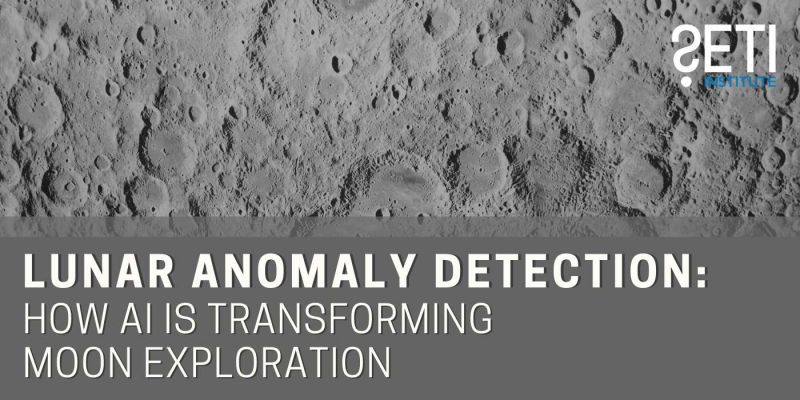
NASA’s Perseverance rover has begun its second year of roaming Red Planet landscapes, looking for rocks that might give clues to life in the martian past. When it finds samples that look promising, it packages them up in a metal tube that will eventually be transported to Earth for analysis in terrestrial laboratories. This may lead to the first discovery of life beyond Earth.
Pablo Sobron, a planetary explorer at the SETI Institute, realized that each sample will have cost $100 – 200 million dollars, so it’s important to make selections wisely in light of the profoundly important mission undertaken by Perseverance. Sobron is a co-investigator on two Perseverance instruments, Supercam and Sherloc.
Supercam is a mast-mounted instrument that shoots lasers at possibly interesting rocks from as far as 10 meters away to assess their chemical makeup. This increases the overall efficiency of the rover’s work by sparing it the need to trundle right up to the target if it’s not interesting.
Another instrument, Sherloc, works up close and personal with the rock. As its name implies, it’s very smart about interpreting clues it gathers about a rock’s composition. Both Supercam and Sherloc use spectroscopy to generate a rock’s “list of ingredients.” Lasers are shot at the samples vaporizing a small bit of the rock into a hot plasma. An examination of the spectra emitted by these small plasmas can tell researchers whether it’s likely they contain clues to the Mars of long ago, when surface water and possibly life existed on the planet.
So far, Perseverance has collected eight samples, each approximately 3 inches in size and one-half to one inch thick. Eventually, it will eventually collect 33. And then, sometime before 2030, the samples will be returned to Earth.
Sobron is what’s called a “full stack” mission person. He helped design, build, and test the instrumentation. But now he helps joystick Perseverance’s efforts with his laptop. “It’s a lot of fun,” Sobron says. But more than that, it might be the first experiment to demonstrate that there’s life beyond the confines of our own planet.
Originally published in the SETI Institute FY21 Annual Report





